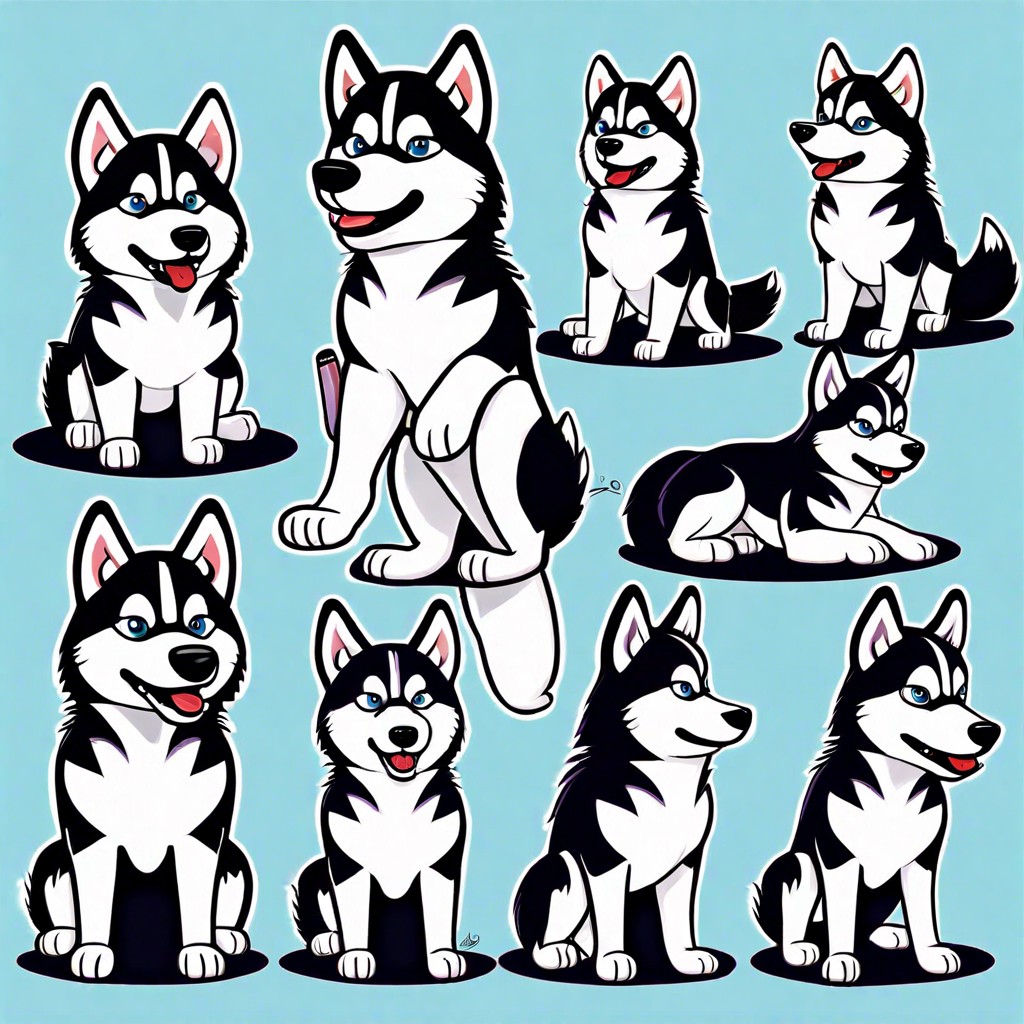Learn how to choose the right size dog crate to ensure your pet’s comfort and safety.
Key takeaways:
- Importance of selecting correct crate size: Comfort and safety.
- Key measurements: Length, height, width, and adjustable partitions for puppies.
- Different types of dog crates: Wire, plastic, soft-sided, heavy-duty.
- Wire crates: Versatile with adjustable dividers.
- Heavy-duty crates: Designed for large, powerful, escape-prone dogs.
Importance of Selecting the Correct Crate Size
Selecting the right crate size is crucial for the comfort and safety of your dog. A well-fitted crate can be a safe haven for your pet, providing a sense of security and privacy. It’s essential for crate training, as a crate that’s too large can undermine housebreaking – your dog might use one corner as a bathroom. Conversely, a crate that’s too small can cause discomfort, restricting your dog’s ability to stand up, turn around, or lie down comfortably, which could lead to anxiety or injury. Therefore, balance is key. The ideal crate size encourages positive behaviors, helping your dog feel both cozy and free enough, reflecting a natural den-like environment.
Key Measurements Needed for Crate Sizing
To ensure a dog crate matches the size of your pet, there are few measurements you must take:
First, measure your dog from nose to tail. Always add a few inches to this measurement to ensure there’s enough space for your dog to comfortably turn around without hitting the crate sides.
Height is the next important factor. Have your dog sit and measure from the floor to the tallest point of their head or ears. Add around three to five inches to this for adequate headroom, allowing your dog to sit and stand without crouching.
For the width, measure your dog at the widest point and again, add a few inches so they can lie down and stretch out without constraints. Space to move is crucial for their comfort and overall well-being.
Always consider the anticipated full-grown size if you are buying a crate for a puppy. Ideally, purchase a crate that comes with adjustable partitions. This allows you to expand the living area as your puppy grows, ensuring the crate is suitable throughout the dog’s developmental stages.
Understanding Different Types of Dog Crates
Different types of crates can influence the sizing choice for your dog. The most common types include wire, plastic, soft-sided, and heavy-duty crates.
Wire crates are versatile with good ventilation. They often come with adjustable dividers which help in resizing the crate as your puppy grows.
Plastic crates are preferred for travel, particularly air travel. They offer more privacy for the dog but have less airflow compared to wire crates.
Soft-sided crates are lightweight and portable, suitable for small, calm dogs. However, they are not advisable for puppies or dogs who might chew the fabric.
Heavy-duty crates are designed for escape-prone or large, powerful dogs. They are the sturdiest type, providing increased security and durability but are also heavier and more expensive.
Choosing the right type depends on your dog’s size, temperament, and the crate’s primary use, whether at home or for travel. Each type offers unique features that may cater to specific needs or environments.



